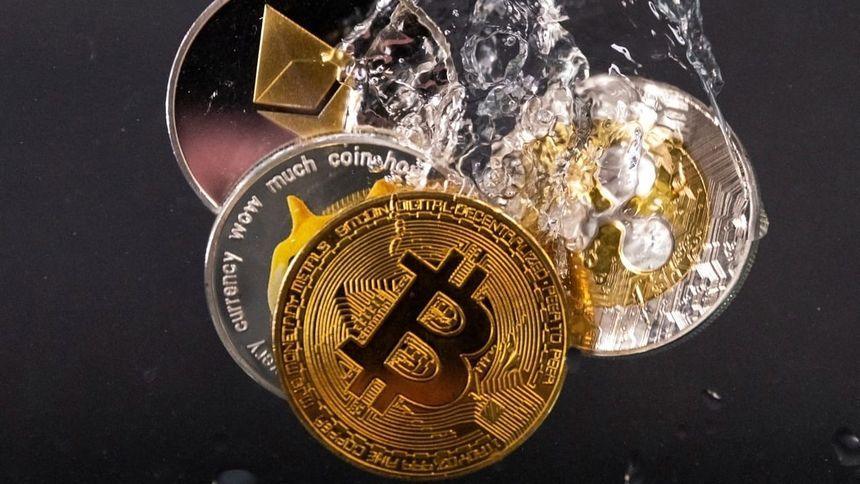
The idea of a U.S. cryptocurrency strategic reserve is no longer just speculation—President Donald Trump has signaled real interest in making it happen. With Bitcoin soaring past $100,000 and the crypto market continuing to evolve, the possibility of a government-backed crypto stockpile is gaining traction.
But what would such a reserve look like? How would it work? And what are the potential risks and benefits? Wallstreet Queen Official is here to break it all down.
What Is a Strategic Reserve?
A strategic reserve is a government-held stockpile of essential resources, intended for use during crises or economic disruptions. The most famous example is the U.S. Strategic Petroleum Reserve, created after the 1973 oil embargo to safeguard against energy shortages. Other countries maintain reserves of key commodities like metals, grains, and even maple syrup (in Canada).
Now, the U.S. is considering doing the same for Bitcoin and other cryptocurrencies—a move that could reshape the global financial landscape.
What Cryptos Would Be in the U.S. Reserve?
Trump’s latest social media post hinted that the reserve wouldn’t just hold Bitcoin (BTC) and Ethereum (ETH)—it would also include smaller but significant tokens like:
- XRP
- Solana (SOL)
- Cardano (ADA)
Bitcoin and Ethereum would be the “heart of the reserve,” but the inclusion of other altcoins raises interesting questions. What criteria will be used to select them? How will their volatility be managed?
How Would a U.S. Crypto Reserve Work?
The exact mechanics of a U.S. crypto reserve remain uncertain. However, early discussions suggest a few possible approaches:
- Seized Crypto Assets: The U.S. government currently holds around 198,109 BTC (worth approximately $18.5 billion) from law enforcement seizures. One option is to convert these assets into a formal reserve.
- Open Market Purchases: Another proposal, backed by pro-crypto Senator Cynthia Lummis, suggests the Treasury should buy 200,000 BTC annually for five years, eventually accumulating 1 million BTC (about 5% of Bitcoin’s total supply).
- Long-Term Storage: If created, the Bitcoin reserve could be maintained for at least 20 years, potentially providing financial stability and acting as a hedge against inflation.
Potential Benefits of a U.S. Bitcoin Reserve
Supporters argue that a government-backed crypto reserve could:
✅ Strengthen U.S. economic dominance – By securing a large share of the Bitcoin supply, the U.S. could establish itself as the global leader in digital assets.
✅ Reduce the national debt – Bitcoin’s long-term appreciation could generate revenue, potentially cutting the U.S. debt in half over 20 years.
✅ Bolster the dollar’s strength – A Bitcoin reserve could act as a hedge against inflation, preserving U.S. economic power in an increasingly digital world.
Risks and Controversies
Not everyone is on board with the idea. Critics point to several potential risks:
⚠️ Volatility – Bitcoin’s price swings could make managing a reserve unpredictable.
⚠️ Security Concerns – Crypto wallets, even government-controlled ones, could be vulnerable to cyberattacks.
⚠️ Market Manipulation – Large government purchases or sales could severely impact crypto prices, especially for altcoins like Cardano and XRP.
What’s Next?
With Trump’s executive order already in motion, the White House’s upcoming cryptocurrency summit on March 7 is expected to bring further clarity. The government’s stance on crypto is shifting fast, and a U.S. Bitcoin reserve could become a reality sooner than expected.
Stay ahead of the curve with Wallstreet Queen Official. Follow us for the latest updates on crypto regulations, market trends, and investment insights. The future of finance is here—are you ready?
Leave a Reply